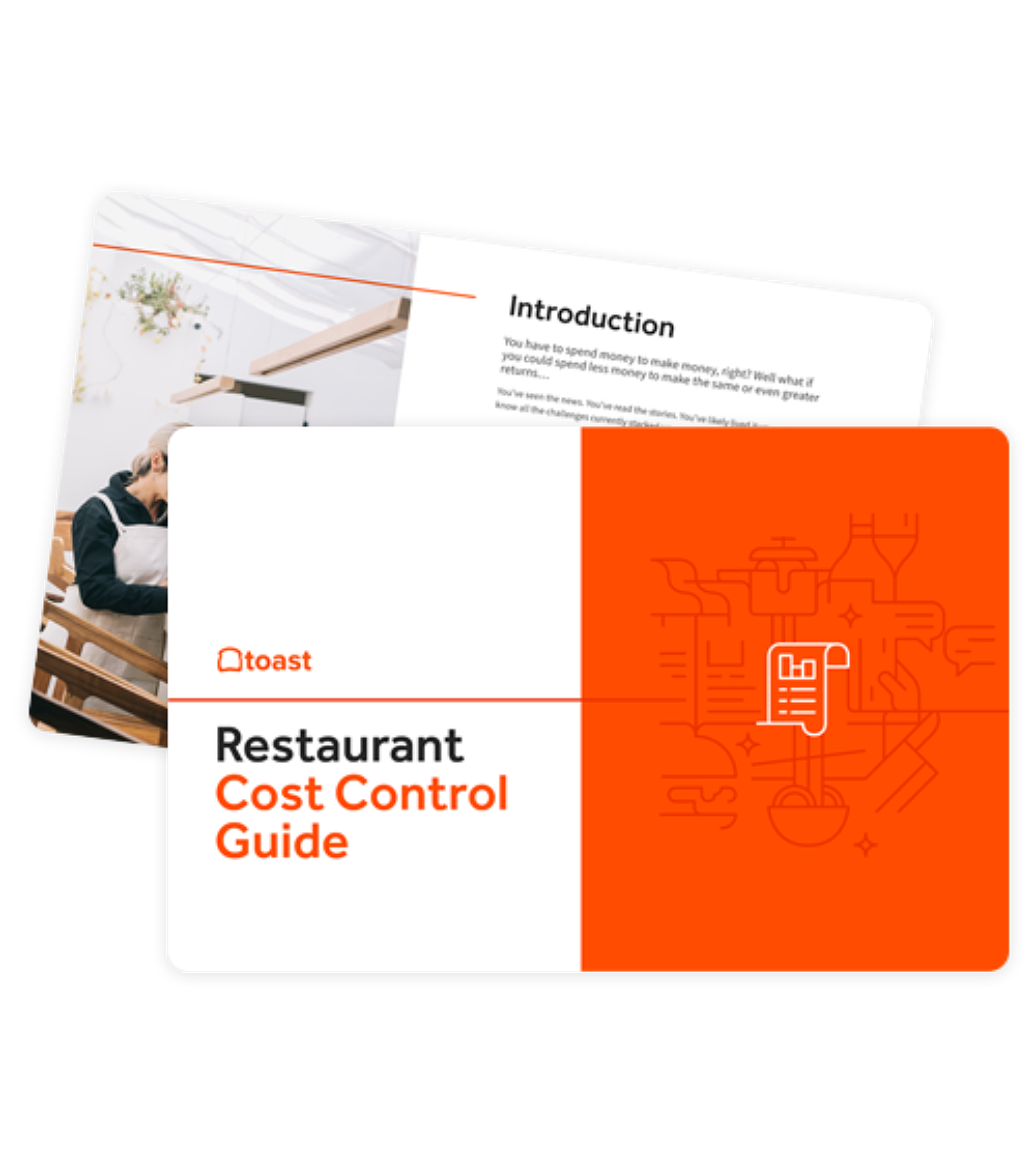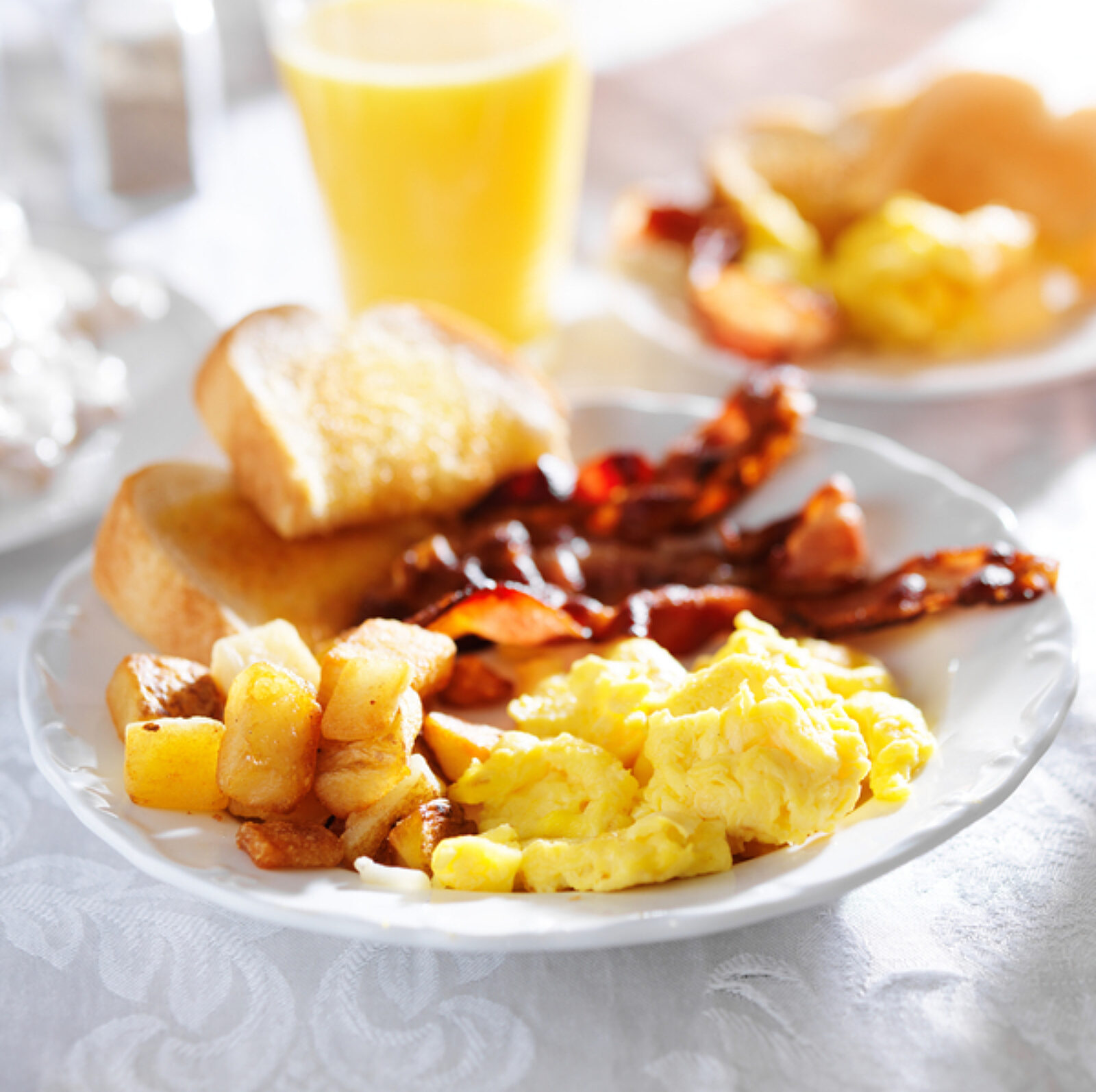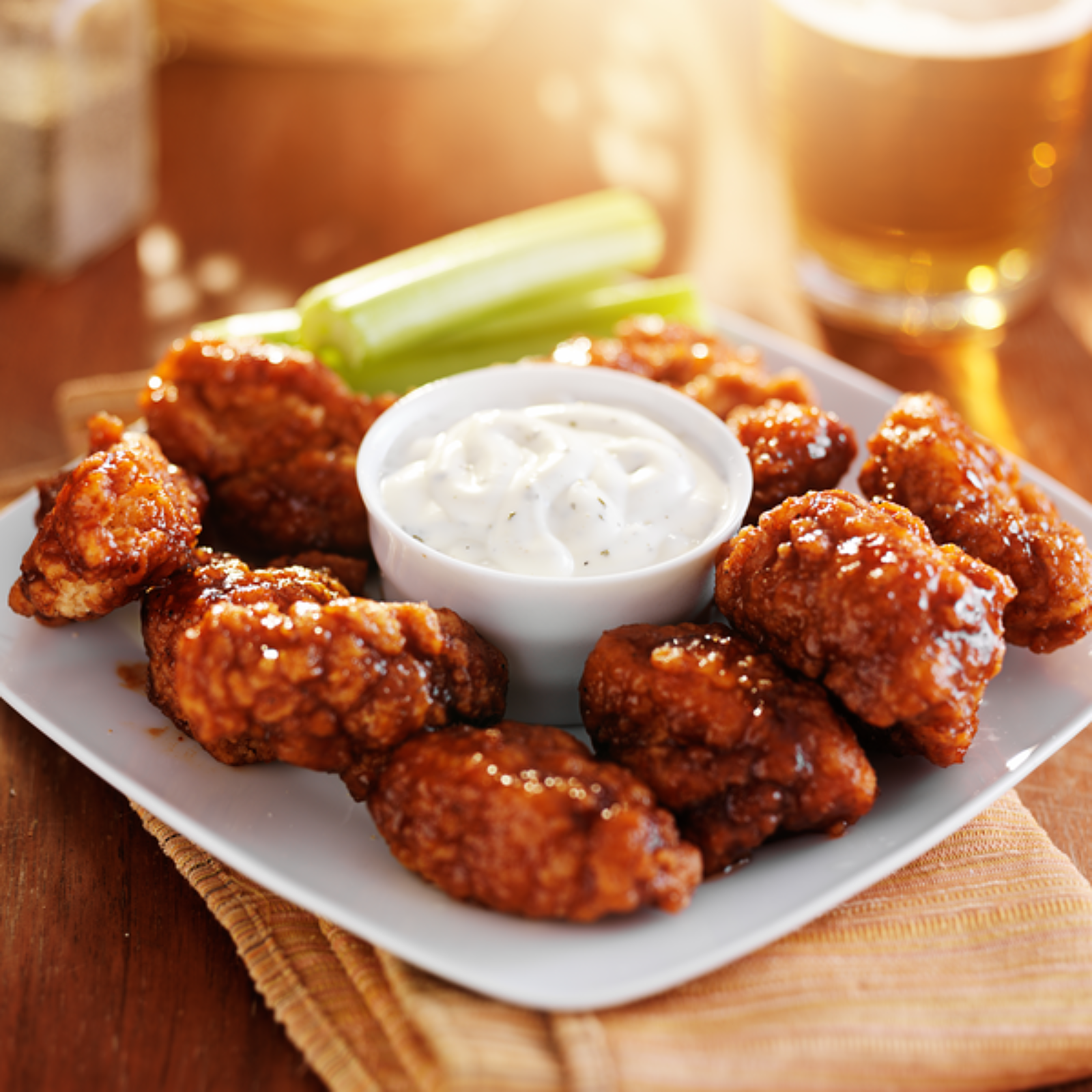
State of Bacon Prices: Wholesale Restaurant Food Cost Trends
See trends and fluctuations for wholesale restaurant bacon prices based on proprietary Toast data.

Justin GuinnAuthor


Restaurant Cost Control Guide
Use this guide to learn more about your restaurant costs, how to track them, and steps you can take to help maximize your profitability.
Bacon has it all: It's fatty, meaty, and full of rich, smoky umami flavoring. It offers a variety of textures, and can even carry sweetness and be cooked down into jams. A quintessential American food.
All that helps explain why bacon is included in tons of restaurant menu items — and why food prices for bacon have increased over the past couple of years.
Popularity often means higher prices. Increased demand mixed with restaurant supply chain constraints can spike bacon prices — for consumers and grocery store retail prices and for restaurant operators and wholesale food costs.
Restaurant Operator Insights Report
See insights from real restaurant operators which can help you benchmark your current and planned restaurant technology stack against your peers as we head into 2024 and beyond.

Toast is the point of sale system built for restaurants.
We're able to calculate the average monthly prices that restaurants pay for bacon and other ingredients by using proprietary data from xtraCHEF by Toast, our invoice automation and recipe costing tool.
The average national price for a pound of bacon was $5.28 in August.
A pound of bacon contains three to four servings on average.
Here's the breakdown of recent month-over-month increase in bacon prices:
Historic bacon prices trends
Here's a breakdown of month-over-month bacon price movements over the past four years for restaurants:
Bacon price increases spiked at a four-year record high average cost of $5.75 per pound for restaurants in September 2021.
The average price restaurants paid for bacon over the past four years is $4.55 — showing a return to the pre-food inflation norms.
The price of bacon actually spiked well before the full consumer price index, or CPI, measured the recent inflation. Bacon prices have been falling since September 2022, pre-dating the recent spike (and now fall) of egg prices.
Commodities experts weigh in on avocado prices
We were able to speak with some experts in the food commodities space to understand their analysis on bacon prices trends and the impacts on restaurants.
Question
I’m seeing tons of chefs on various restaurant message boards complain about the percent of their bacon made up of fat. Is that a trend you’re seeing? Is there any reason for it (e.g. younger pigs, diets, processing, etc.)? Will higher-quality bacon become more expensive?
Most U.S. pork production is still focused on producing lean pork, but there is an increase in the popularity of premium pork products, such as Berkshire breed and local/outdoor raised. These type of hog genetics tend to produce fatter pork product with more meat flavor.

Courtney Schmidt
Wells Fargo Agri-Food Institute
Next steps informed by this data may include:
Buying whole pork bellies and making bacon in-house
Opting for a cheaper, lower grade of bacon
Substituting other cuts of pork
Bacon supply chain considerations
The restaurant supply chain for bacon and other pork products is dependent on many factors. However, in general, the important components of the supply chain for these products include:
Hog farms: The supply chain for pork products begins at hog farms, where pigs are raised and cared for until they reach maturity. These farms can be small or large-scale operations and can vary in their farming practices.
Processing plants: Once the pigs have been raised and harvested, they are transported to processing plants where they are butchered and prepared for sale. These plants can be owned by the same company that operates the hog farms or can be independent operations.
Distribution centers: After the pork products have been processed, they are transported to distribution centers where they are stored until they are ready to be shipped to restaurants and fast food establishments, supermarkets, and other customers. These centers are typically located near major transportation hubs, such as airports or seaports.
Wholesalers: Wholesalers purchase pork products in bulk from distribution centers and sell them to restaurants and other customers. These wholesalers may specialize in certain types of pork products or may offer a wide range of options.
Restaurants: Finally, the pork products are sold to restaurants where they are prepared and served to customers. Restaurants may purchase their pork products directly from wholesalers or through food service distributors.
In addition to these components, there are other factors that can impact the supply chain for bacon and other pork products, such as government regulations, environmental factors, and changing consumer preferences.
Restaurant Operator Insights Report
See insights from real restaurant operators which can help you benchmark your current and planned restaurant technology stack against your peers as we head into 2024 and beyond.

Start tracking bacon prices today
Bacon shows up in breakfasts, sandwiches, and plenty of other dishes. Incorporating bacon prices — and all ingredient costs — into financial reports requires restaurant operators to have a strong back-of-house foundation built on invoice automation.
Invoices are the single source of truth for restaurant costs — pinpointing prices and fluctuations for individual ingredients as well as paper goods, non-alcoholic beverages, and more.
With accurate and up-to-date ingredient prices from invoices, operators can start calculating plate costs. Plate costing is a detailed exercise that zooms into the recipes and/or individual ingredients that make up a dish — requiring detailed recipe costs and portion costs for ingredients.
Costing exercises can help show how each component is contributing to the overall profitability of a dish or drink. And recipe costing software can help make it easier to calculate and achieve an ideal balance between portions and profits.
Methodology
Toast analyzed monthly invoice items for bacon from restaurants using xtraCHEF by Toast. Items are weighted by the frequency of orders, not quantity. A standard unit of measure is determined so that an average price can be calculated across all invoice inclusions of the ingredient.
Is this article helpful?
DISCLAIMER: This information is provided for general informational purposes only, and publication does not constitute an endorsement. Toast does not warrant the accuracy or completeness of any information, text, graphics, links, or other items contained within this content. Toast does not guarantee you will achieve any specific results if you follow any advice herein. It may be advisable for you to consult with a professional such as a lawyer, accountant, or business advisor for advice specific to your situation.
Read More
Subscribe to On the Line
Sign up to get industry intel, advice, tools, and honest takes from real people tackling their restaurants’ greatest challenges.



